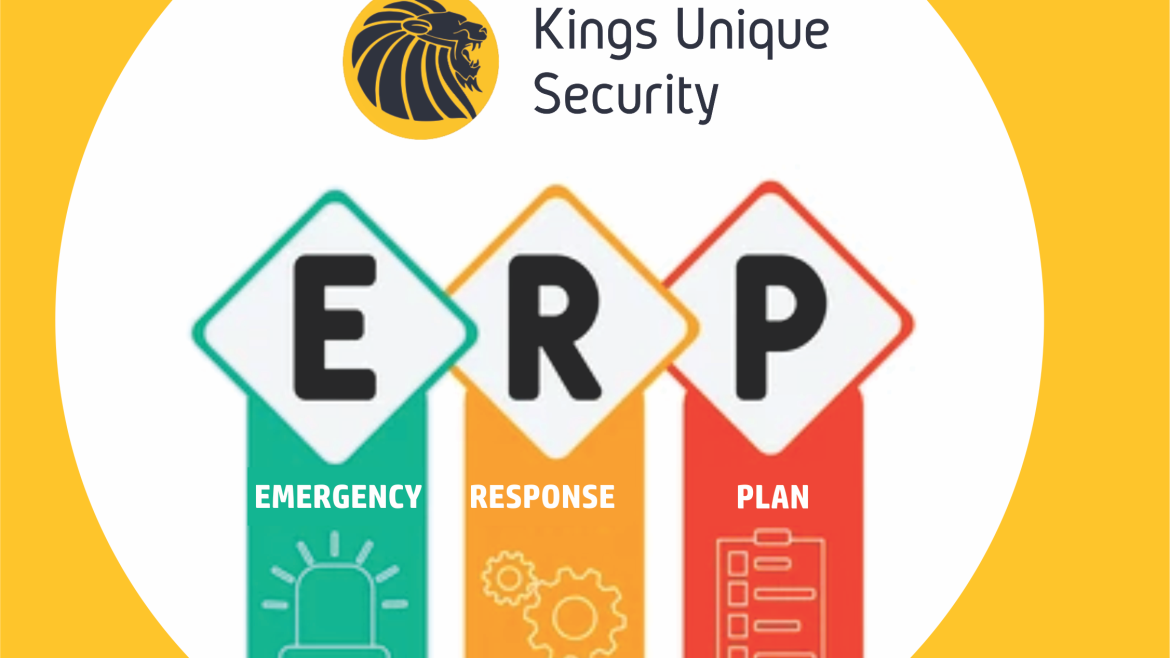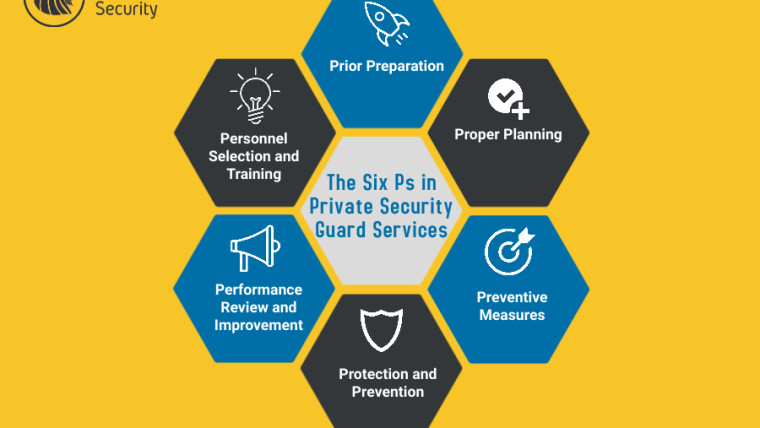Emergencies can strike at any moment—whether a fire, a medical emergency, or a security threat. In these critical moments, having a comprehensive Emergency Response Plan (ERP) in place is vital. For security firms like Kings Unique Security Services (KUS), ensuring the safety of lives and assets through an effective ERP is essential.
What is an Emergency Response Plan?
An Emergency Response Plan is a structured framework that outlines how to act swiftly and effectively during a crisis. It provides clear steps for employees, clients, and visitors to follow, reducing confusion and ensuring that everyone is equipped to handle the situation. The primary goal is to minimize harm, prevent injuries, and protect property.
Key Components of an Emergency Response Plan
- Emergency Alarm Procedures
A crucial part of any ERP is having a clear procedure for raising an emergency alarm. Whether through designated alarm systems or verbal communication, it’s important that everyone knows how to alert others quickly. - Evacuation Protocols
Every ERP should include detailed evacuation procedures. This involves identifying emergency exits, evacuation routes, and designated assembly points where people can gather safely away from the danger zone. - Emergency Exits and Gathering Points
Well-marked exits, emergency signage, and lighting are essential. Safe gathering points should be clearly identified to ensure everyone is accounted for once evacuated. - On-Site Emergency Resources
It’s important to have resources like fire extinguishers, first aid kits, and defibrillators available. Your ERP should detail where these are located and how to use them during emergencies. - Personalized Emergency Response Plans (PEEP)
Certain individuals, such as those with disabilities or specific medical conditions, may need tailored response plans. These should include any necessary evacuation aids or designated personnel to assist them in an emergency. - Assigning Emergency Roles
An effective ERP delegates specific roles and responsibilities to key staff members, ensuring that someone is in charge of managing the situation until emergency services arrive.
Why is an Emergency Response Plan Important?
The most significant benefit of an ERP is its potential to save lives and reduce injuries. By having clear procedures in place, businesses can also mitigate damage to property and assets. Fast, organized action can prevent the escalation of emergencies, ensuring quicker recovery and a return to normal operations.
How to Develop an Emergency Response Plan
Here are the steps to follow when creating an ERP for your workplace:
- Identify Possible Emergencies: Determine the types of emergencies your business is likely to encounter, from natural disasters to security incidents.
- Install Detection Systems: Ensure you have systems like smoke detectors or security alarms to detect emergencies as soon as possible.
- Plan for Evacuations: Develop a clear strategy for evacuating employees, visitors, and clients. Include routes and safe gathering areas.
- Prepare for Medical Emergencies: Make sure first aid equipment is readily accessible and train staff to provide basic medical assistance.
- Designate Emergency Roles: Assign specific roles to individuals, such as overseeing evacuations, notifying emergency services, and managing the crisis until help arrives.
Conclusion
An Emergency Response Plan is a crucial tool in ensuring that your organization is prepared for unexpected crises. At Kings Unique Security Services, we understand the importance of safety and are committed to helping businesses create and implement effective ERPs. By putting safety first, we ensure that your staff, clients, and assets are protected during emergencies.




